The Hibiscus Syriacus, also known as the Rose of Sharon, is a lovely plant. It belongs to the mallow family. This plant is known for its beautiful flowers. The flowers come in many colors. You can find them in white, pink, purple, and blue. They bloom in the summer and fall. The Rose of Sharon is popular in gardens. People love it for its beauty and ease of care.
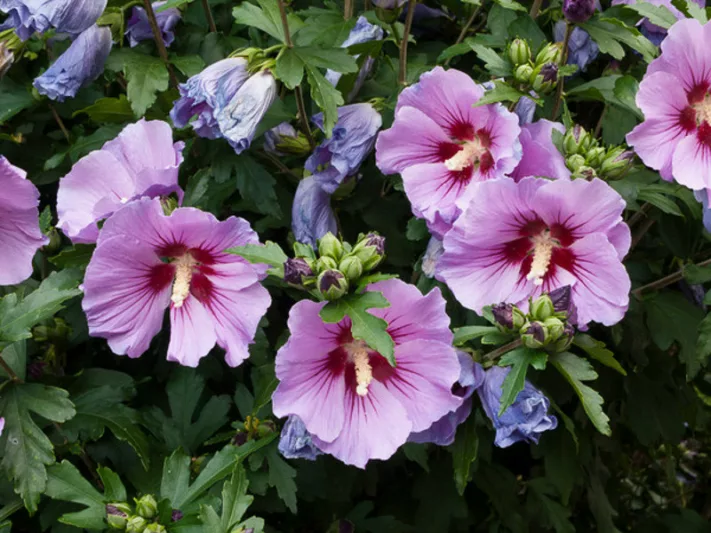
Credit: www.gardenia.net
Origin of Hibiscus Syriacus
The Rose of Sharon is native to Asia. It is common in countries like Korea and China. In these places, it is known as Mugunghwa. This name means “eternal flower.” The plant holds cultural importance in Korea. It symbolizes perseverance and resilience.
Physical Appearance
The Rose of Sharon can grow quite tall. It can reach heights of 8 to 12 feet. The leaves are green and oval-shaped. They can be 3 to 5 inches long. The flowers are large, about 3 to 5 inches wide. They have a unique shape. Each flower lasts only one day. However, many flowers bloom at once. This gives a beautiful display.
Growing Conditions
Hibiscus Syriacus is very easy to grow. It can survive in many types of soil. The plant prefers well-drained soil. It likes a sunny spot. Aim for at least 6 hours of sunlight each day. This helps the plant bloom beautifully.
The Rose of Sharon is also drought-tolerant. It does not need much water once established. However, it is good to water it during dry spells. This keeps the flowers healthy.
Planting Tips
When planting Hibiscus Syriacus, choose the right time. Spring or fall is the best time to plant. Dig a hole that is twice as wide as the root ball. Place the plant in the hole. Fill it with soil and water it well. Mulch around the base helps keep moisture. It also prevents weeds from growing.
Pruning and Maintenance
Pruning is important for the Rose of Sharon. It helps the plant stay healthy. Trim the plant in late winter or early spring. Remove dead or damaged branches. This encourages new growth. You can also shape the plant as you like.
Fertilizing helps the plant grow strong. Use a balanced fertilizer in spring. Follow the directions on the package. This will give the plant the nutrients it needs.
Common Pests and Diseases
Like any plant, the Rose of Sharon can face pests. Aphids and spider mites can be a problem. These insects suck the sap from the leaves. You can wash them off with water. A strong spray will help. If the problem persists, consider using insecticidal soap.
Fungal diseases can also affect the plant. Leaf spots are common. To prevent this, ensure good air circulation. Water at the base, not on the leaves. This keeps the leaves dry.
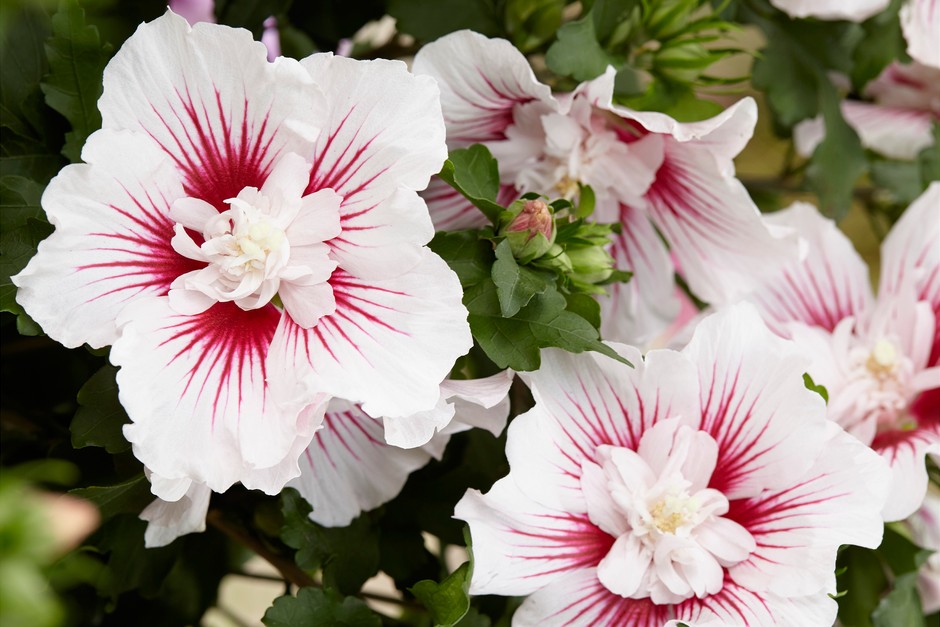
Credit: www.gardenersworld.com
Uses of Hibiscus Syriacus
The Rose of Sharon has many uses. It is mainly used for decoration. Many people plant it in gardens and yards. The flowers attract bees and butterflies. This helps the local ecosystem.
Some people use the flowers for tea. Hibiscus tea is popular in many cultures. It has a tart flavor and is rich in Vitamin C. It can be served hot or cold.
Cultural Significance
In Korea, the Rose of Sharon is very important. It is the national flower. It represents the spirit of the Korean people. The flower is found in many artworks and symbols. It signifies beauty and resilience.
Conclusion
The Hibiscus Syriacus, or Rose of Sharon, is a wonderful plant. It is easy to grow and takes little care. The beautiful flowers add color to gardens. Understanding how to care for it is simple. With the right conditions, this plant thrives. It brings beauty and joy to any outdoor space.
Quick Facts
| Feature | Details |
|---|---|
| Common Name | Rose of Sharon |
| Scientific Name | Hibiscus Syriacus |
| Height | 8 to 12 feet |
| Flower Colors | White, Pink, Purple, Blue |
| Growing Conditions | Sunny, well-drained soil |
| Pruning Time | Late winter or early spring |
| Cultural Significance | National flower of Korea |
Frequently Asked Questions
1. How Long Do The Flowers Last?
Each flower lasts about one day. But many flowers bloom together.
2. Can I Grow Rose Of Sharon In A Pot?
Yes, you can grow it in a pot. Just make sure it has enough space.
3. Is Hibiscus Syriacus Safe For Pets?
Yes, this plant is non-toxic to pets.
4. How Often Should I Water It?
Water the plant during dry spells. Once established, it needs less water.
5. Can I Eat The Flowers?
Yes, the flowers can be used to make tea.
The Hibiscus Syriacus, or Rose of Sharon, is a plant of many charms. Its beauty, ease of care, and cultural importance make it special. Whether in your garden or as a tea, it brings joy. Consider adding this lovely plant to your space. Enjoy the beauty it offers!

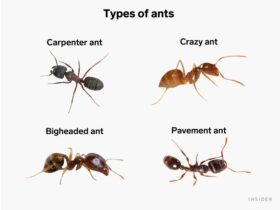
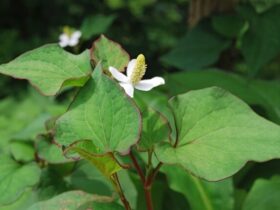
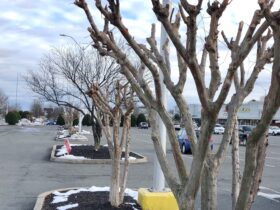
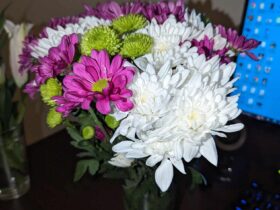
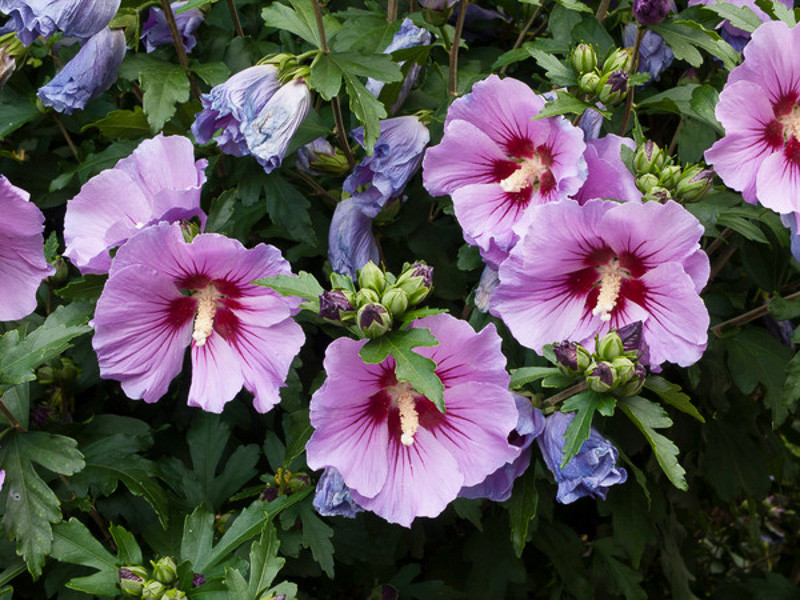



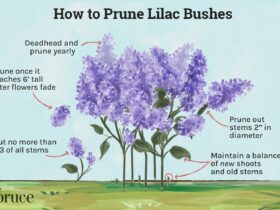
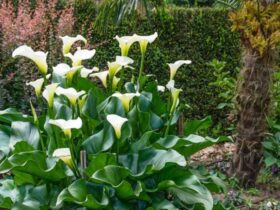
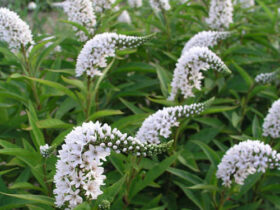
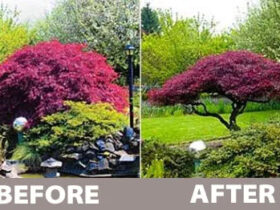

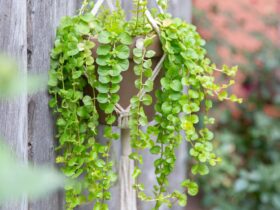
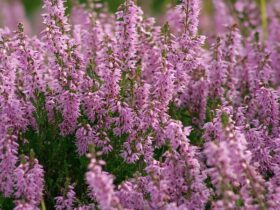
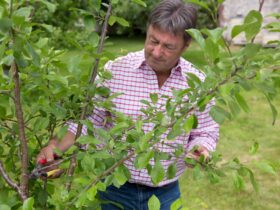
Leave a Review